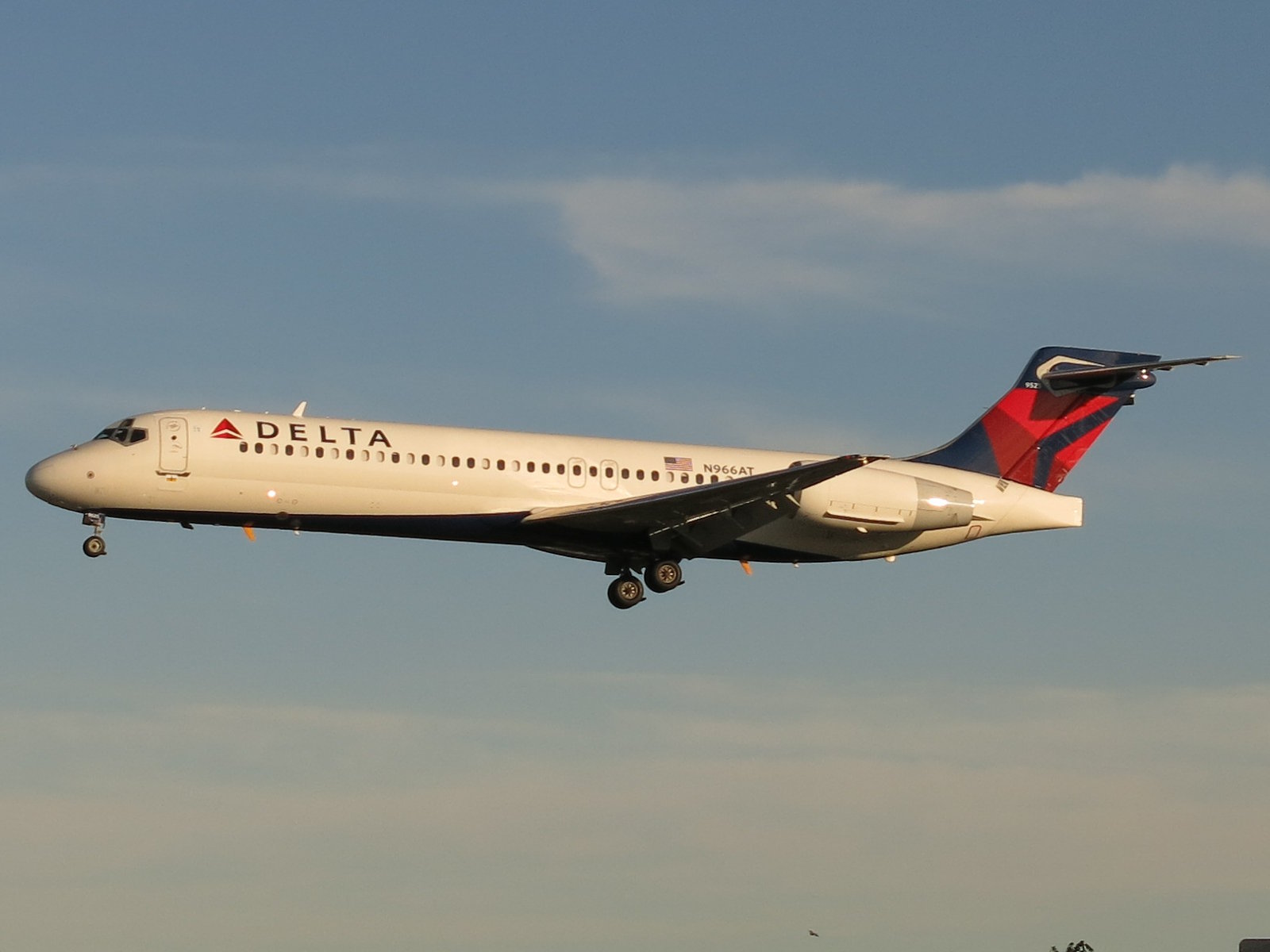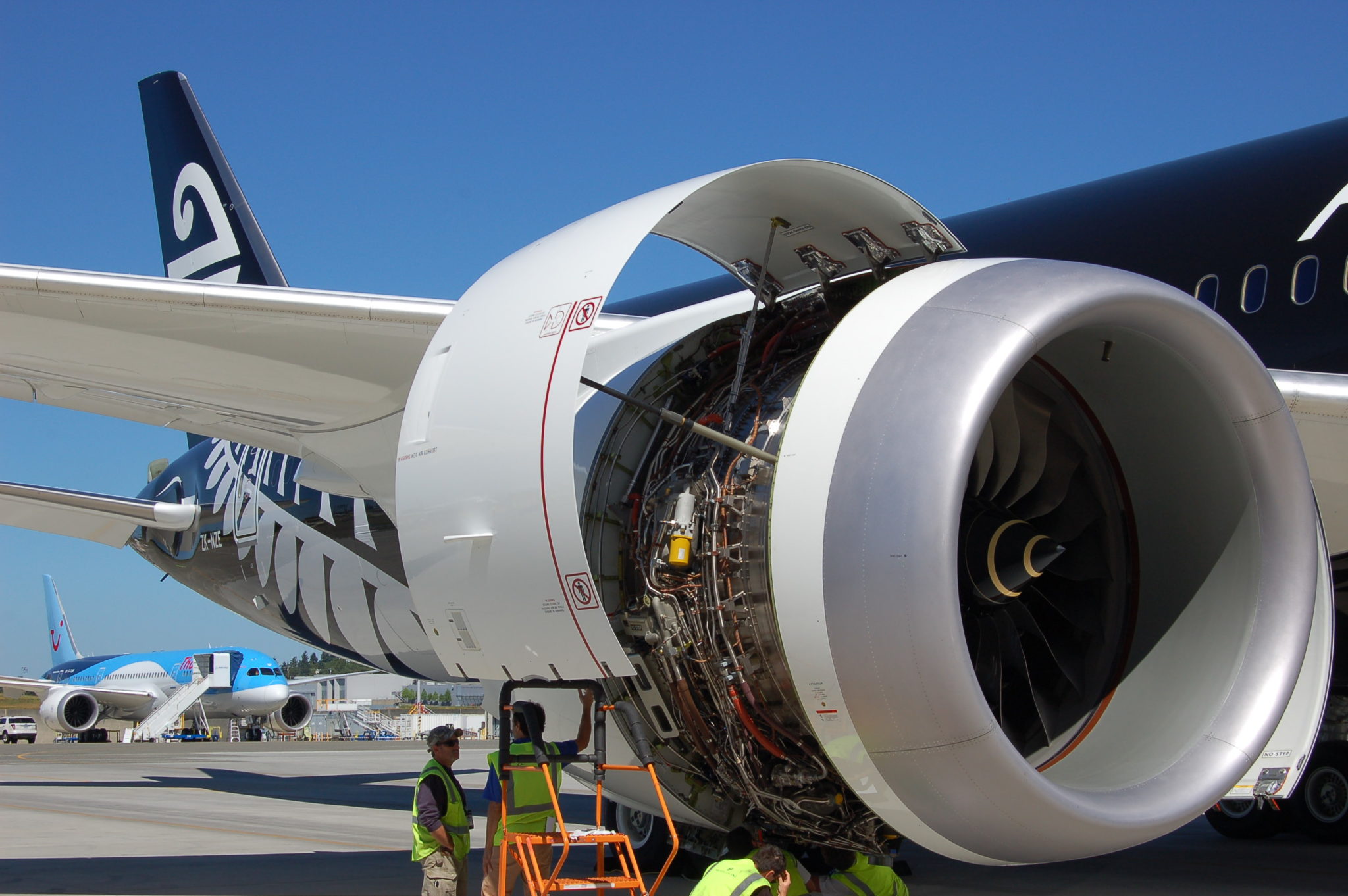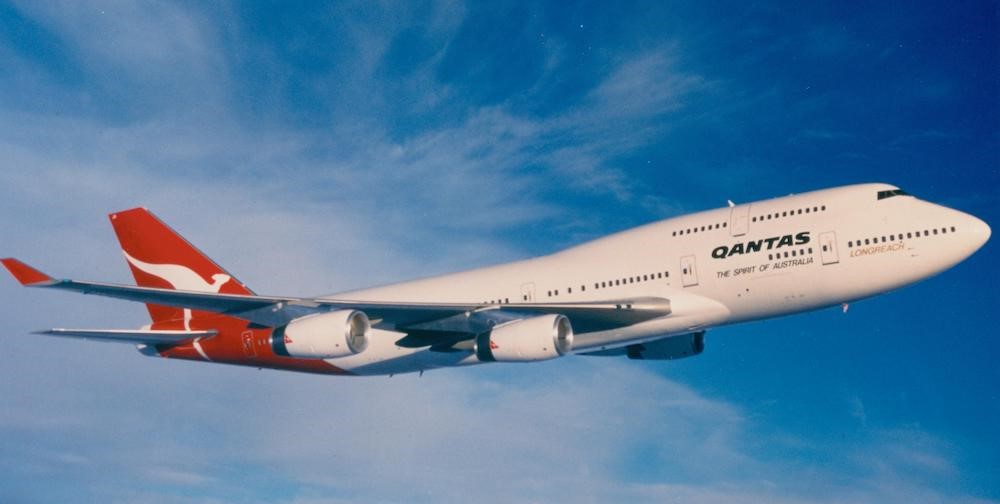Leeham News and Analysis
There's more to real news than a news release.
P&W, Embraer pause E175-E2 engine; MTU writes off investment, sees no revenue in future for SpaceJet engine
By Scott Hamilton
Exclusive: Dec. 21, 2021, © Leeham News: Pratt & Whitney and Embraer agreed to suspend further development and production of the PW1700G for three years, LNA learned.
PW and Embraer did not respond to inquiries. Separately, the aerospace company MTU reported earlier this year that it wrote off its entire investment in the PW1200G and expects no revenue from the program in the future.
Update: P&W provided this statement Dec. 22: “As already informed to the market, Embraer and P&W are evaluating E175-E2 program timing given market conditions and scope clause.“
The engine was developed for the Mitsubishi MRJ. Development of the MRJ90 and follow-on MRJ70 were refined to the M100 SpaceJet when analysis concluded the MRJ90 wasn’t economically competitive with the E190-E2. A myriad of technical flaws also was discovered in the flight test vehicles that rendered the original design uncertifiable.
Mitsubishi Heavy Industries indefinitely suspended the SpaceJet program in 2020. Embraer rescheduled the entry-into-service of the E175-E2 from 2021 twice, now targeting EIS for 2025. This depends on US pilot unions relaxing an airplane weight restriction in the labor contracts. The E175-E2 weight exceeds that allowed in the contracts.
Engine OEMs pushing ahead for next airplane, even as Boeing pauses
Subscription Required
By Scott Hamilton
Nov. 1, 2021, © Leeham News: David Calhoun may not be anywhere near ready to launch the Next Boeing Airplane (NBA), but the engine makers are actively researching and developing engines to hang of whatever that NBA will be.
Calhoun, the CEO of Boeing, repeatedly said the NBA will be more about reducing production costs through advanced design and production methods. For some time, Calhoun said the next engines available on the assumed timeline—to about 2030—will have only 10% better economics than today’s engines.
And 10% isn’t enough for the airlines or the commensurate reduction in emissions.
CFM/GE Aviation/Safran are developing an “open fan” engine that will reduce fuel burn and emissions by 20%. A target date for entry into service is in the 2030 decade. The open fan builds on R&D of open rotors that have been underway since the era of the Boeing 727 and McDonnell Douglas MD-80.
Pratt & Whitney sees an evolution of its Geared Turbofan engine. The GTF was under development for 20 years before an operating engine made it onto the Bombardier C Series (now the Airbus 220), the Airbus A320, and United Aircraft MC-21. The GTF also was selected for the Mitsubishi MRJ90, which launched the GTF program. However, Mitsubishi pulled the plug on the MRJ/SpaceJet program last year. PW remains committed to the GTF for future engines.
Rolls-Royce is developing the Ultra Fan and Advanced engines. GE’s Open Fan and RR’s engines adopt geared turbofan technology pioneered by PW but add new technology.
LNA takes a look at the new engines for the NBA or any other competing airplane in a series of articles.
IATA AGM: Airplanes, engines SAF capable coming; feedstock lags by years
Subscription Required
By Scott Hamilton
Introduction
Oct. 4, 2021, © Leeham News: Engine and airframe makers are well on their way to becoming fully capable of using Sustainable Aviation Fuel (SAF). But the industries providing SAF are way behind in meeting the potential demand.
Rick Deurloo. Sr. VP & Chief Commercial Officer at Pratt & Whitney said one major US airline would use all currently available SAF in one day.
“The challenge will be the feedstock. How do we grow that technology or grow that ability to provide the feedstock so when we do have 100% SAF-capable aircraft and engines, we have the energy to go with it?” Deurloo said in an interview with LNA at the IATA AGM this week in Boston.
Airlines around the world are partnering with different companies to develop this technology, he said.
PW is already 50% capable and has a “clear path” to getting 100% capable within two years. But there is not enough feedstock in the world today do fill the 50% capability.
The P2F freighters, 757-200P2F versus A321P2F.
Subscription Required
By Bjorn Fehrm
Introduction
August 19, 2021, © Leeham News: In our series about freighters, we now look at domestic freighters based on the Boeing 757-200 and the Airbus A321. The 757-200 is a popular Passenger to Freighter (P2F) conversion, but as production of the 757 stopped in 2004, there is a limit to the conversion feed-stock for the model.
At the same time, older A321s are reaching market values where their cost enables competitive P2F conversions.
We use our performance model to check if the A321P2F is a good alternative to the 757-200P2F.
Summary
- The feed-stock for the Boeing 757-200 Passenger to Freighter conversions will diminish at some point in the future.
- The alternative in the same freight volume class is a converted A321. We check how well it fits the bill as an alternative to the 757-200.
De-carbonisation of air transport is ON
By Bjorn Fehrm
July 20, 2021, © Leeham News: Last week was a game-changing week for air transport. Three events synchronized to trigger it.
EU presented 13 policies to achieve net-zero greenhouse gas emissions by 2050 with concrete steps in-between. On the same day, the airframe and engine OEM’s CTOs said in a Farnborough Connect webcast: “It’s a commitment problem, not a technical problem to achieve the EU goals.”
This happened against a backdrop of European floodings, which made all discussions about climate change or not moot. Super-organized Germany lost over 100 persons to typhoon like rains, never seen before, that produced scenes like these: https://twitter.com/Aviation_Intel/status/1416215953080205321?s=20
The engine manufacturers worst hit by the pandemic
Subscription Required
By Bjorn Fehrm
Introduction
September 28, 2020, © Leeham News: The worldwide COVID-19 pandemic is shaking the air travel and airliner manufacturing industries like no crisis before.
More than 9/11, the oil crisis of 1973 or 2005 or the financial crisis of 2008. The problems for the airlines and the airframe OEMs are on the front pages of the world’s media.
The part of the airliner industry that is not so visible but is perhaps hardest hit, is the engine industry. Its weird business model amplifies the effects of the crisis.
Summary
- Airframe OEMs lose money on the first hundreds of aircraft produced.
- When they announce “black numbers”, it means the per aircraft losses stop. It doesn’t mean the aircraft program is positive.
- For engine OEMs, it’s worse. They never reach ‘black numbers” on engine production. Their only money makers are old engine programs that fly a lot.
A lost decade for aircraft manufacturers, suppliers
Subscription Required
Now open to all Readers
Introduction
By Judson Rollins, Bjorn Fehrm & Scott Hamilton
Sept. 21, 2020, © Leeham News: Commercial aviation is facing a lost decade due to COVID.
Yes, most forecasts target 2024-2025 as returning to 2019 passenger traffic and aircraft production levels.
However, LNA in July published its own analysis indicating full recovery may not occur until 2028. Breathless headlines notwithstanding, it will take years for vaccines to be widely available and considered safe by enough of the world’s population. Growing concern about vaccine production and distribution capacity through 2024 underscores this view. Even Southwest Airlines CEO Gary Kelly said earlier this month that business travel might not fully return for a decade.
Indeed, the 2020s may well be a lost decade for aircraft manufacturers and their supply chains.
 Summary
Summary
- Debt-laden airlines will have little money to order new airplanes
- Interest in re-engined 787, A350 likely nil this decade
- Airbus, Boeing, Embraer have little interest in launching new programs
- Engine makers too financially stretched to develop new designs
- Engineering talent, knowledge will be decimated by inevitable job reductions
- OEMs must “play the long game” at a short-term cost to safeguard their futures
Sunset of the Quads, Part 2
Subscription Required
By Bjorn Fehrm
Introduction
August 12, 2020, © Leeham News: We deepen our look at the Queen of the Skies and it’s best selling version, the 747-400.
We go through what made it the great aircraft it was and why Qantas replaced it on its trunk routes to the US West coast.
We pick Los Angeles to Sydney as the benchmark route, a route on the range limit for the 747-400, and check how it stacks up economically versus the A380, its replacement.
Summary
- The 747-400 reigned the skies for 15 years, combining a trans-Pacific range with a good passenger and cargo capacity.
- Once Boeing introduced the 777-300ER and Airbus the A380, the 747-400’s ruling of the skies was over. It trailed in both capacity and efficiency.
- It continued in operation until today with many airlines, still a useful aircraft for long and dense routes as long as the fuel prices stayed low.
Embraer’s Slattery named CEO of GE Aviation
By Scott Hamilton
June 15, 2020, © Leeham News: John Slattery, the CEO of Embraer Commercial Aviation, was named CEO of GE Aviation, it was announced today.
Arjan Meijer is the new President and CEO succeeding Slattery. Slattery succeeds David Joyce, who is retiring. Slattery’s appointment is effective July 13.
Slattery devoted much of the last year trying to win approval of the proposed Boeing-Embraer joint venture, Boeing Brasil-Commercial. Boeing terminated the agreement April 25, claiming Embraer failed to meet all required terms and conditions. Embraer claims it met the conditions. Both took the dispute to arbitration.
Slattery had been designated CEO of Boeing Brasil. After the deal’s collapse, his departure from Embraer was expected.









